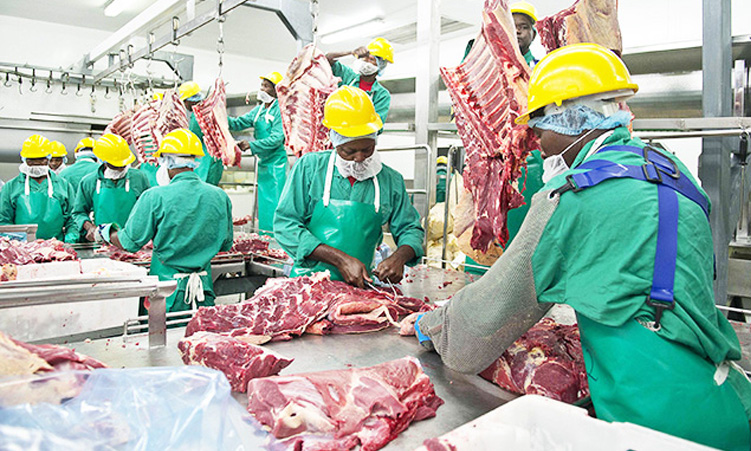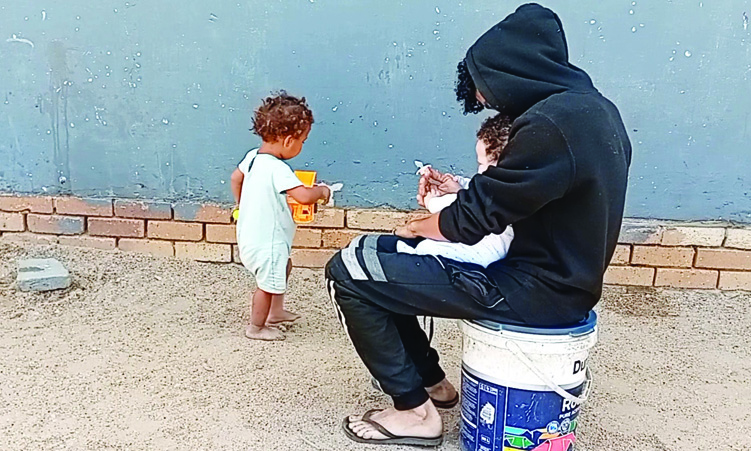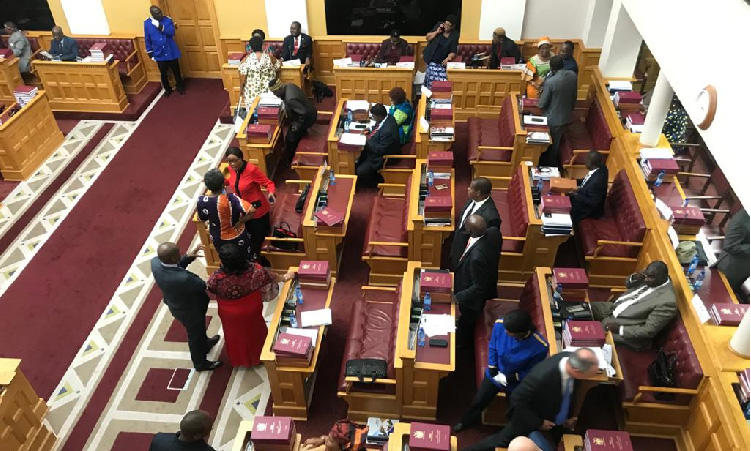RUNWAY 19, the notorious runway at Eros Airport that was used for take-off in last Sunday’s air crash in which three people died, has not been surveyed for safety take-off gradients, an air safety seminar revealed on Friday.
Neither have secondary runways at the airport, veteran pilot Leon Carstens said.This was only one of the shortcomings spelled out by the local expert when he said that Government has failed to recognise the role it plays in the safety of the flying public.Opening the Immenhof Air Safety Seminar with a minute of silence for the four people who died in two aircraft crashes around Windhoek last week, Carstens said the lack of air safety in Namibia is no longer a perception.’The facts speak for themselves,’ he said.He referred to the number of ‘horrific accidents’, the latest of which claimed the life of 19-year-old Benjamin Candido de Oliveira, who died in a helicopter crash near the Okapuka tannery outside the city last Wednesday. Just three days before, the fatal Cessna crash happened between Prosperita and Cimbebasia.’Who is going to get up and take responsibility for these lives?’ Carstens wanted to know.The Namibian aviation industry needs to take a hard look at itself, he said. Government must face up to its responsibility to ensure the safety of the flying public, flight operators must establish and maintain a proactive safety management system and pilots must respect the limitations of their environment.’Every pilot in the country needs to ask himself how far down the road he is to his own accident,’ he said.The Directorate of Civil Aviation (DCA) in its current format is inadequate to ensure public safety, Carstens said, citing a long list of shortcomings.Nineteen years after Independence, Namibia is still waiting for its aviation legislation to be completed. The country doesn’t have its own flight-training syllabus. Also on Carstens’ list is the fact that the format of Namibia’s flying licence ‘has not kept abreast of developments in the International Civil Aviation Organisation (ICAO)’. He said the country has suffered a ‘brain drain’ of highly qualified air-traffic controllers, there is no radar at Hosea Kutako International Airport, and the regular inspections of airfields on the Government register have only recently resumed again, as have thorough safety audits on operators.Carstens furthermore said the industry’s trust and confidence in the DCA have been shattered and that they are seen as ‘the bully on the block’.Namibia needs a robust civil aviation authority, staffed by people appointed for their experience and qualifications, he said.This will an expensive exercise, ‘but measure that against just one life lost’, Carstens said.He also took a critical look at operators. Of particular concern, is Namibia aging aircraft fleet.The youngest of the popular C210 model used by most operators is older than 25 years. ‘This makes the planes older than most of the pilots flying them,’ Carstens said.The trend to use turboprop planes and lighter jets has its own challenges, he said. ‘By the nature of their design, they afford training in the flight regimes where a mistake or mishandling will either damage the aircraft and it components or cause an accident.’ Simulation is the only solution for the gaps in training, but Namibia has no simulator, Carstens said.He also urged operators to ensure that their safety management systems are sound.’We have a statutory duty to provide a service with the highest possible degree of safety in the public interest,’ he said.Carstens didn’t pull any punches when he talked about pilots either. They should be aware of and respect the limitations of their aircraft, as well as the limitations that the environment or the weather might place on the performance of the aircraft, he said.
Stay informed with The Namibian – your source for credible journalism. Get in-depth reporting and opinions for
only N$85 a month. Invest in journalism, invest in democracy –
Subscribe Now!









